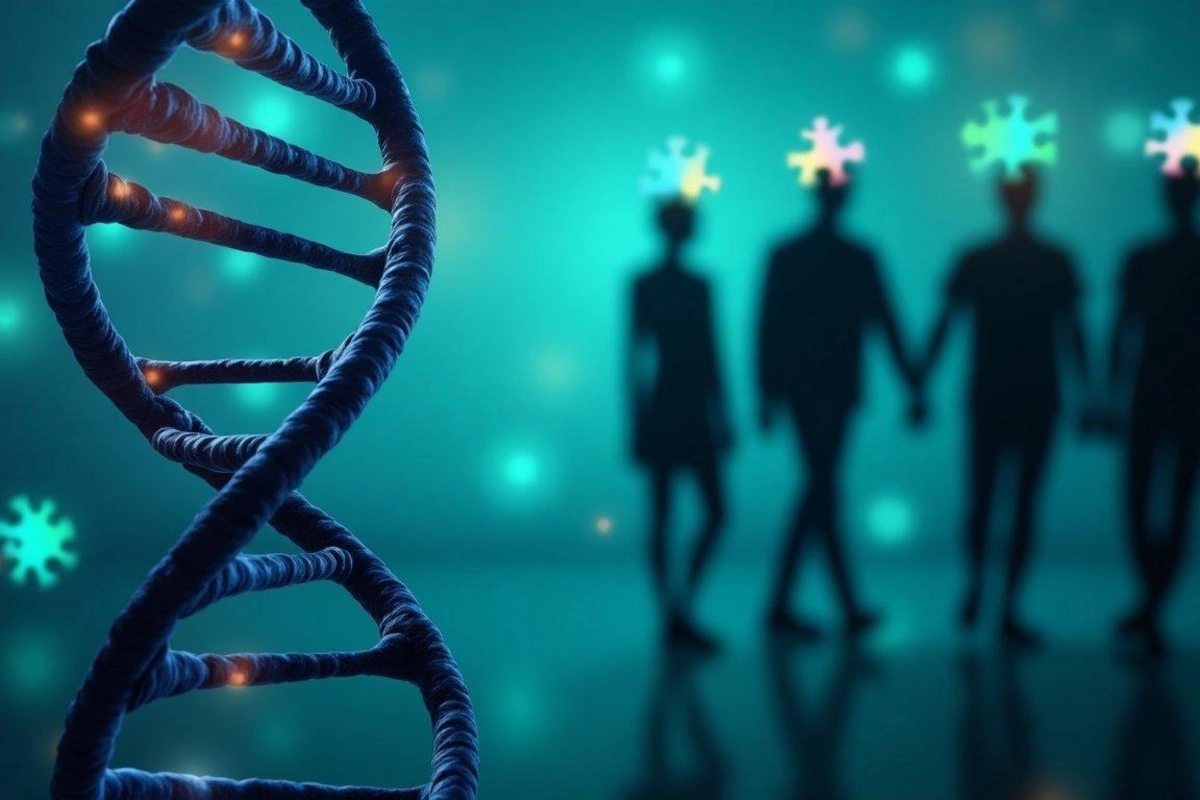Scientists have discovered a link between autism and a rare hereditary disease

Researchers from SickKids Hospital and the University of Nevada, Las Vegas have made a significant discovery, establishing a molecular link between autism spectrum disorder (ASD) and a rare genetic disease - myotonic dystrophy type 1 (DM1). The research results are published in the prestigious scientific journal Nature Neuroscience.
DM1 is a hereditary disease characterized by progressive muscle weakness. During the study, scientists revealed a striking fact: people with DM1 are 14 times more likely to develop autism than the general population. Behind this connection is a genetic mechanism that was not previously directly associated with autism.
The scientific team discovered that the cause of DM1 - expanded repeats in the DMPK gene - also seriously disrupts a critical process in the brain: gene splicing, which is necessary for normal protein functioning. Disruptions in this process cause protein imbalance and "incorrect assembly" of other genes responsible for brain function, which can lead to social and behavioral characteristics typical of autism.
"Our results offer a new perspective on the genetic mechanisms of autism," explained Dr. Ryan Yuen, a senior researcher in the SickKids genetics and genomic biology program. - "We hope this will help develop precise diagnostics and therapies that can restore normal protein function in the brain."
The researchers paid special attention to the so-called "toxic RNA" formed as a result of repetitions in the DMPK gene. This RNA binds to proteins that regulate splicing and disrupts their normal function, "sucking" them out of other parts of the genome. As a result, multiple failures occur in the functioning of brain genes.
Currently, the Yuen and Schneider laboratories are investigating whether similar splicing disruption occurs in other genes associated with autism, and how this knowledge can be used to develop personalized treatment methods. One potential approach involves molecules capable of reducing genomic repeats. In 2020, Christopher Pearson already discovered such a molecule while researching Huntington's disease.
Although research is still ongoing, scientists hope that their discoveries will help not only in the treatment of autism and DM1 but also in understanding other genetically determined conditions.
Similar News
Scientists shared unusual facts about the horse – the symbol of 2026
In just a few days, the New Year 2026 will arrive, with the Red Fire Horse becoming its symbol. This animal has accompanied humans for thousands of years - not...




 Azərbaycanca
Azərbaycanca  По-русски
По-русски  English
English 





